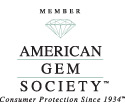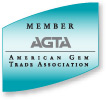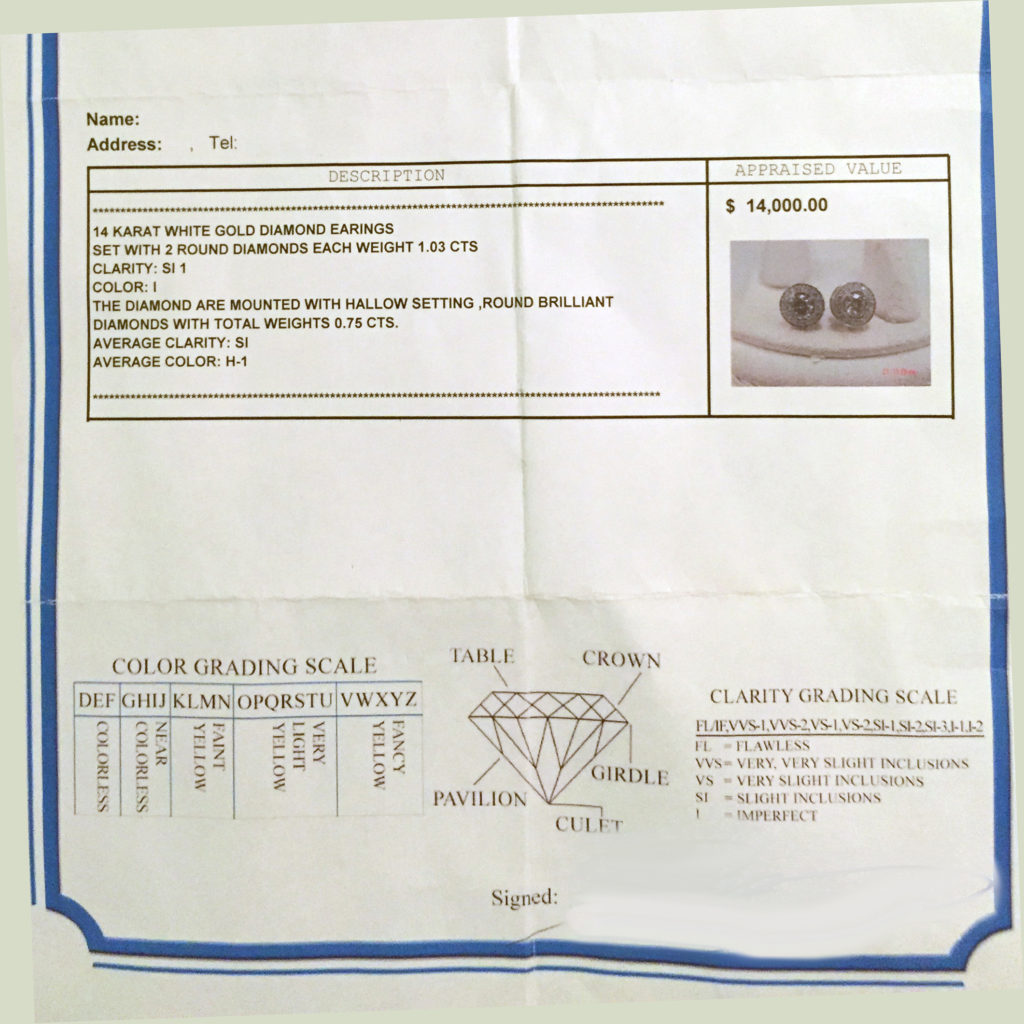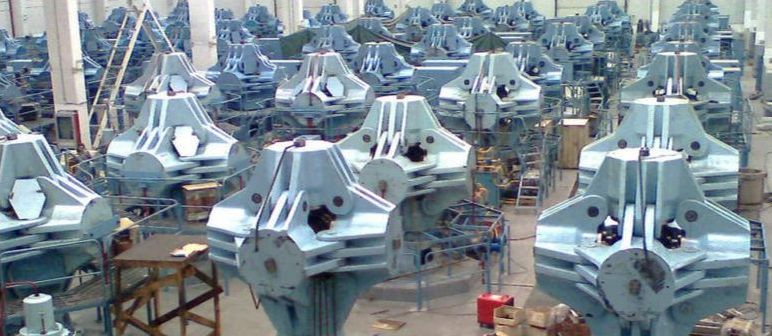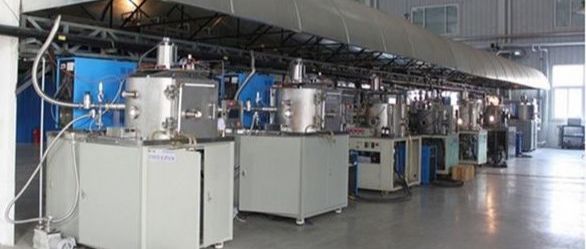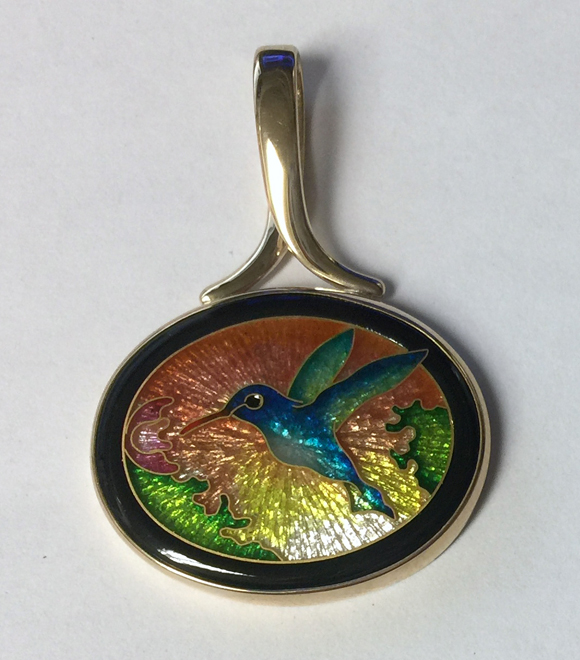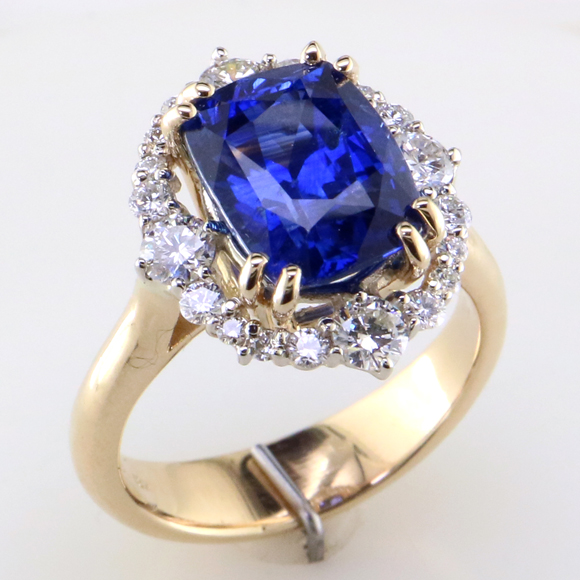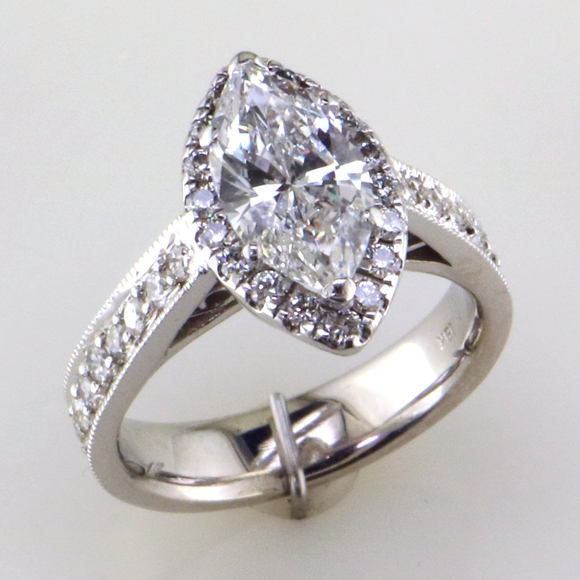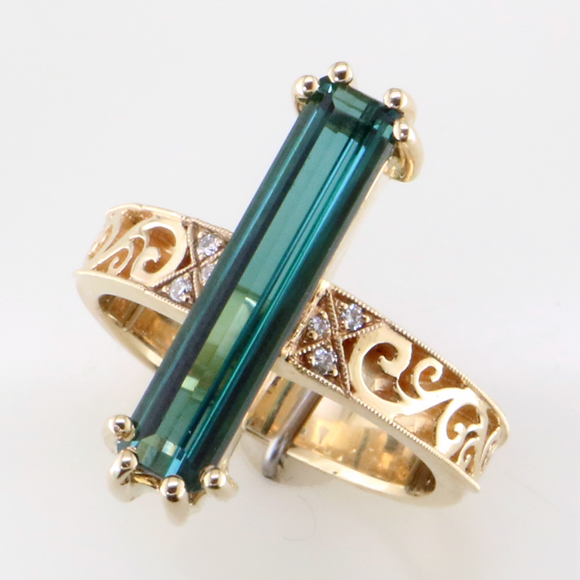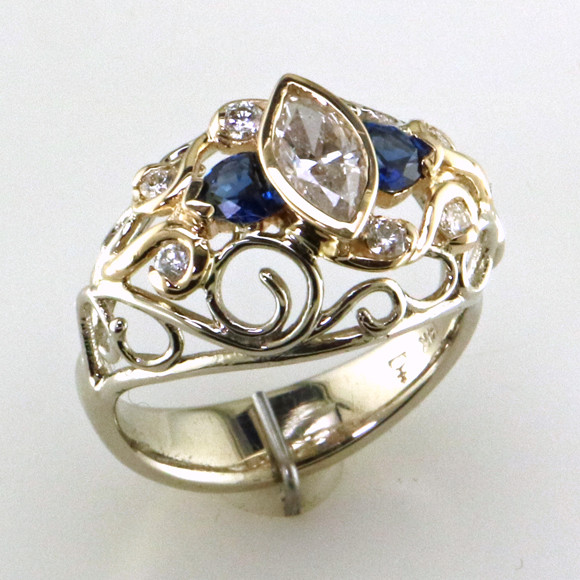Today, consumers in the market for a diamond can choose between natural mined diamonds and lab grown diamonds. Lab grown diamonds, also known as synthetic diamonds, cultured diamonds, or cultivated diamonds are widely available. They are true diamonds in all but their origin — they are grown in laboratories instead of being mined from Mother Earth. Their physical properties, such as hardness, transparency, and ability to reflect light are essentially the same as the diamonds your grandmother wore. Their value is a different story.
A brief history of synthetic diamonds:
Diamond was first described scientifically as a crystalline form of carbon in 1797. As early as 1879, scientists were claiming to have synthesized diamond, but these efforts were debunked as not really diamond. It wasn’t until 1955 that scientists at General Electric were the first to synthesize diamond by a verifiable and repeatable method. Essentially, GE scientists copied the tremendous heat and pressure found in the molten magma of our Earth. Their results were true diamonds but very tiny ones– smaller than grains of sand.
Methods of synthesis:
Since then, major advances have been made in ways to synthesize diamond. One method called HPHT (High Pressure High Temperature) is along the lines of the GE discovery. Another technology is CVD (Chemical Vapor Deposition), often used in the semiconductor industry to produce thin films for computer circuitry. Both technologies can grow diamond crystals large enough to facet into polished diamonds for jewelry.
Today, over 30 manufacturers are producing lab grown diamonds for jewelry. Most of these producers are in China and India. Gem grade lab grown diamonds are available in a wide range of qualities in sizes up to 10 carats.
Marketing claims:
Synthetic diamonds are often marketed as “eco-friendly, sustainable, green, innocent, etc.” The pitch is basically that you can enjoy the beauty of the diamond without having a guilty conscience about buying a mined diamond. What many people don’t realize is that natural diamonds support the livelihood of 10 million people globally, including 1.5 million artisanal and small scale miners in Africa and South America.
The makers generally don’t disclose the large amounts of energy required to produce lab grown diamonds. Since carbon is cheap, the cost basis is the technology and the energy required to maintain the process. It’s estimated that on a per/carat basis, lab grown diamonds generate three times more carbon emissions than mined diamonds.
Value of lab grown diamonds:
All gems are valued based on beauty, durability and rarity. Besides their beauty and durability, natural diamonds are unique and rare. Natural diamonds of good quality and size will always have lasting value. They are billion year old precious gems that are older than life itself.
Consumers should know that prices for lab grown diamonds can drop precipitously. Lab grown materials are mass produced so they aren’t rare. As supply increases, unless demand grows, prices inevitably drop. And because they aren’t rare, they don’t have much resale value.
For example, around 2016, as production increased, the wholesale price for lab grown diamonds (~ 1 carat sizes) dropped 30%. Today, prices are about one third the value of a similar natural diamond. Now, a one carat round ideal cut lab grown diamond, graded E color, SI1, wholesales for ~ $2200 per carat, compared to ~$6000 per carat for a similar natural diamond.
We at Mardon Jewelers are committed to telling you the facts about the gems and jewelry we sell. We’re happy to provide lab grown diamonds, emeralds, rubies, sapphires and opals to clients who ask for them. Our gemologists take care to explain the relevant facts about lab grown gemstones.
Lab grown products offer beauty and wearability at a much lower price than natural gems, but they don’t have the intrinsic value of rare natural gems. For those who are looking for lasting value, whether as heirlooms or investments, natural gems are the choice to make.



